
Write what you are looking for and press enter to begin your search!

Live News
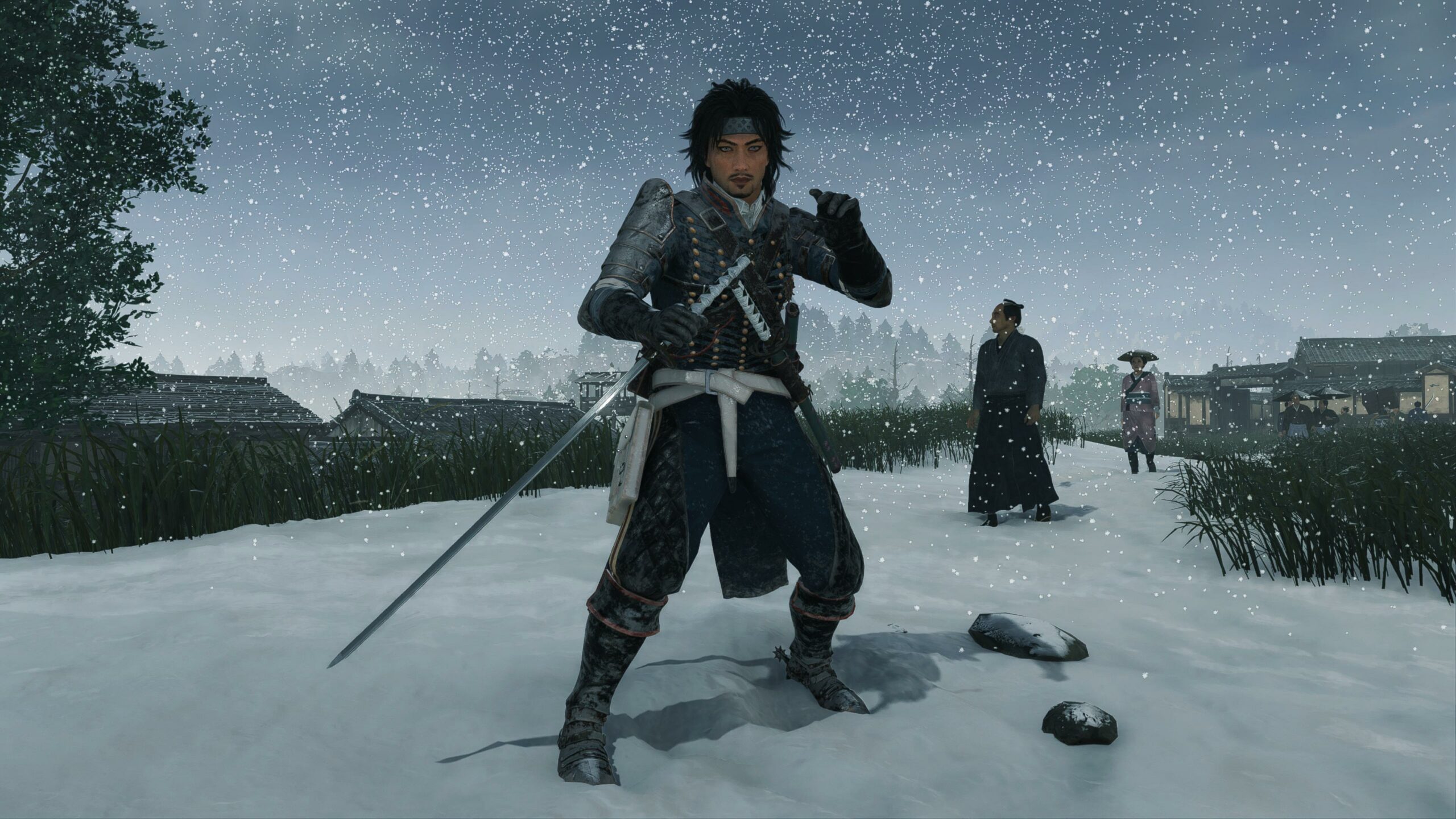

Rise Of The Ronin Review: Shogun Strikes Back
 ">
">
By Alleef Ashaari|March 21, 2024|0 Comment
Platform(s): PS5
Genre: Open-World, Souls-like, Action RPG, Nioh-like, Historical
Team Ninja has been on a roll these past few years, with 2017’s Nioh, 2020’s Nioh 2, 2022’s Stranger Of Paradise Final Fantasy Origin and 2023’s Wo Long Fallen Dynasty. With every new game, the Japanese developer has been refining their craft, improving with each subsequent game. While they were previously accused of shoehorning into the Souls-like trend, I believe they’ve grown and made their own distinctive gameplay style beyond simply being another conventional Souls-like.
That’s especially true with their upcoming game, Rise Of The Ronin, which is also their most ambitious game yet in terms of sheer scale. If I could describe Rise Of The Ronin in the easiest terms, it’s more like Sucker Punch’s Ghost Of Tsushima in many ways while still retaining the deep combat that Team Ninja is known for.
Also, it’s worth pointing out that I obtained the Platinum trophy for Rise Of The Ronin (the screenshot below is proof), so you can rest assured that I’ve thoroughly experienced everything this game has to offer.

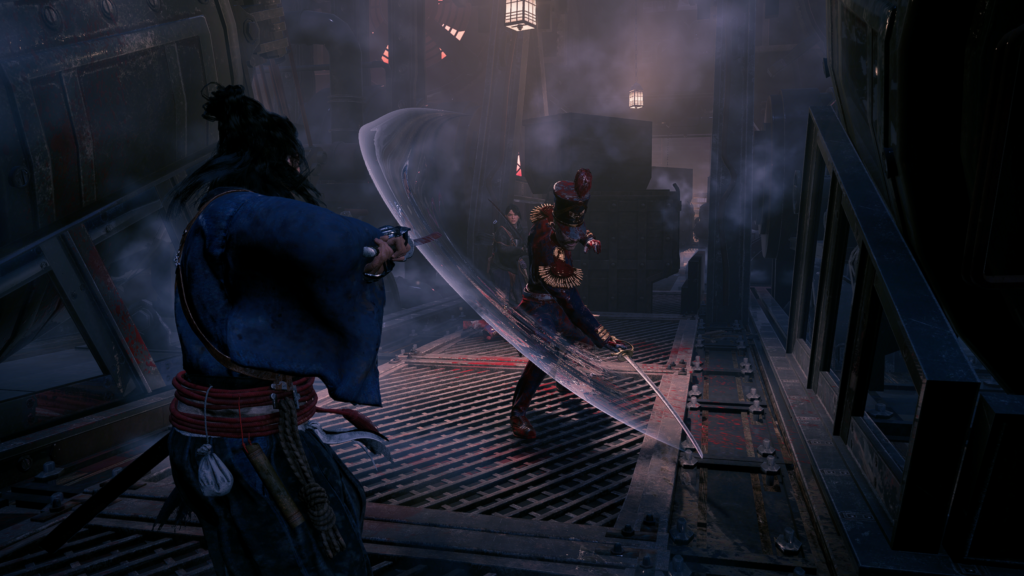
With Rise Of The Ronin, Team Ninja finally dips their toes into the world of open-world, sort of like what FromSoftware did with 2022’s Elden Ring. But that’s enough with the Souls-like comparisons because just like I previously mentioned, the gameplay mechanics and combat in Team Ninja’s games are now deep enough to warrant their own sub-genre. Remember the different combat stances you could switch in real-time in Ghost Of Tsushima? Nioh 2 also had the same mechanic, but it was infinitely more varied, as Nioh 2 not only had many weapons to choose from, but each weapon had four stances, respectively.
All of that returns in Rise Of The Ronin, but incredibly with even more depth added, as players can now not only unlock new unique stances called Combat Styles (each stance now has a distinctive name to distinguish them from each other), but you can also UPGRADE each of them to more powerful and complex versions. For instance, one of my favourite weapons, the Western Saber, has different stances such as British Training or U.S. Training. How cool is that? So, yeah, the rock-scissors-paper-style stances from Ghost Of Tsushima don’t hold a candle to this. Oh, and the weapon choices? Besides the usual bladed weapons and whatnot, you have bayonets and handguns in Rise Of The Ronin. Yeah, freaking bayonets.
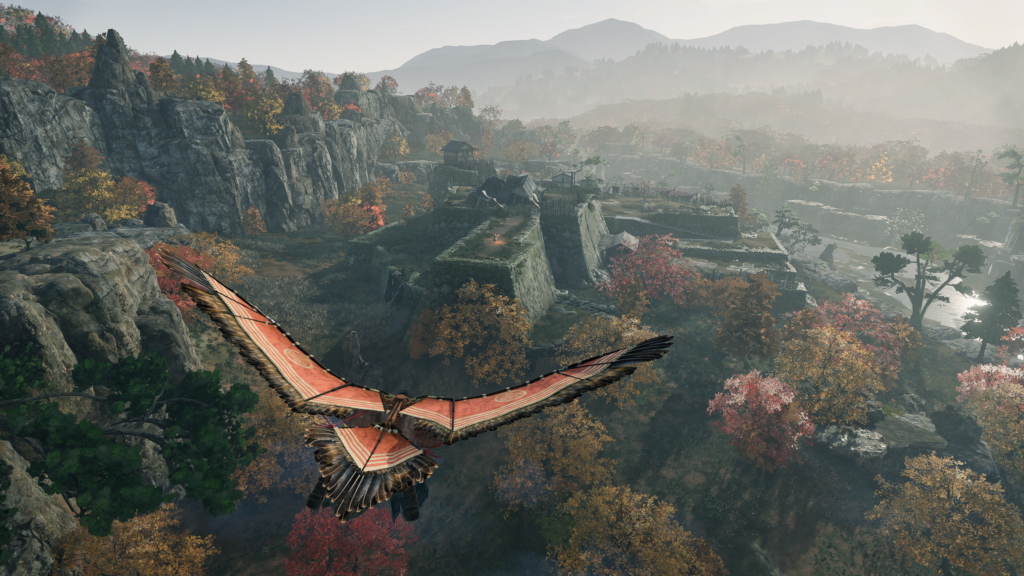
There’s also proper stealth gameplay in Rise Of The Ronin, which is an improvement over the Nioh games but it was already featured in Wo Long Fallen Dynasty. Stealth isn’t anything special in Rise Of The Ronin, but it works well enough to be a viable gameplay mechanic on the side to complement the combat. Most importantly, it does feel snappy, crunchy and deadly, so that’s good enough for me.
What Souls-like mechanics are there in Rise Of The Ronin, then? Well, the Souls-like checkpoint system (places, where you can restore health and bank in your EXP) similar to bonfires in Dark Souls or the shrines in Nioh) returns in Rise Of The Ronin but seeing as this is an open-world game, they also act as fast-travel points. You accumulate EXP called Karma points in Rise Of The Ronin and you’ll lose them when you die, but Rise Of The Ronin is a lot less punishing in that regard.
Speaking of the difficulty in Rise Of The Ronin, so far it definitely feels like Team Ninja’s easiest and most accessible game to date, comparable to that of Stranger Of Paradise Final Fantasy Origin. Just like that game, Rise Of The Ronin features several difficulty options (Dawn/Easy, Dusk/Normal, Twilight/Hard), which is not a staple of Souls-like games and were not available in Nioh or Wo Long Fallen Dynasty before it. Plus, you can change the difficulty setting at any time during the game, making this also one of Team Ninja’s most accessible games yet. Does that mean Rise Of The Ronin isn’t a Souls-like or it’s a game for babies? A thousand times no.
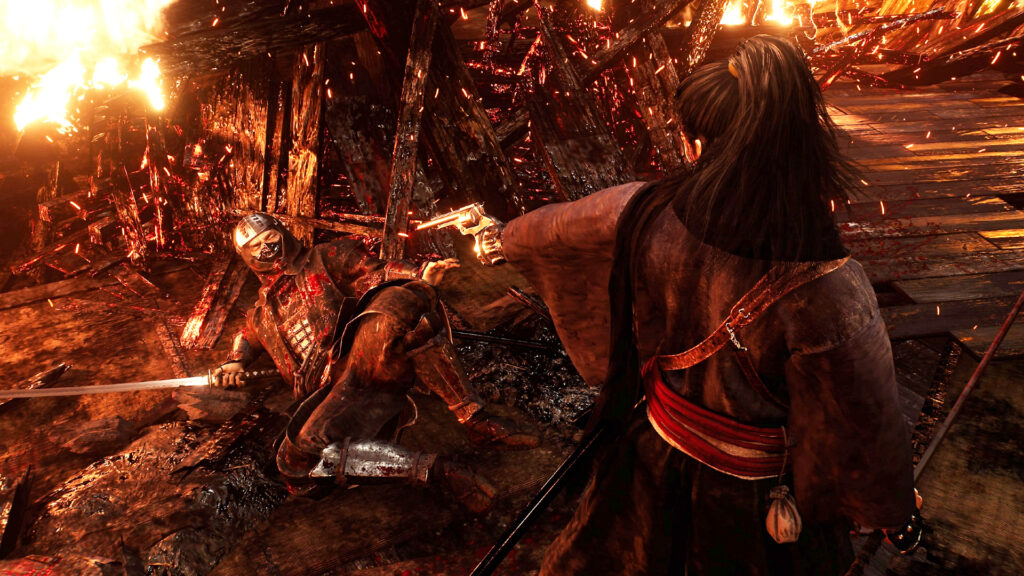
This is still a pretty difficult game at normal difficulty, and there’s even an “undefeatable” boss at the beginning of the game that challenges you like a Souls-like barrier boss. You know, the type of boss that, even if you can’t defeat them, the game will still let you progress through the story. However, if you do manage to beat this “undefeatable” boss, you’ll get a different cutscene and a Silver trophy for your efforts. So, yeah, while Rise Of The Ronin doesn’t seem to be as hard as previous games, that doesn’t mean that it’s too easy either. You can still easily die on the easiest difficulty if you’re not focused enough or well-prepared enough. Yes, while the game still features levels and tons of loot to collect, none of it ever really feels like a chore or grinding for the sake of it. The combat is just too fun and engrossing.
A major combat mechanic in Rise Of The Ronin is the Counterspark mechanic, which is the game’s parry mechanic. Yes, parrying is a huge part of Rise Of The Ronin’s gameplay, and arguably the most important mechanic in order to break the Ki meter of enemies. If you’ve played Nioh 2 or Wo Long Fallen Dynasty before, this will be extremely familiar, since you can only really do proper damage when you’ve broken the Ki meter of enemies. I feel like Counterspark feels even better and more satisfying to execute than the Burst Counters in Nioh 2. It feels more like parrying in FromSoftware’s Sekiro Shadows Die Twice, where you can parry each attack/move in an enemy’s combo. Don’t worry though, the parry timing in Rise Of The Ronin is MUCH more forgiving than Sekiro Shadows Die Twice, and there’s a setting where you can make it even easier if you want.
You’ll feel like a parrying god in Rise Of The Ronin without having to tear your hair out. Another returning mechanic is the loot system from the Nioh games. If you didn’t like managing loot in previous Team Ninja games, I’m afraid there’s still plenty of that in Rise Of The Ronin. That being said, sifting through loot in Rise Of The Ronin does feel more streamlined and refined, so it doesn’t feel as much of a chore as in previous games.
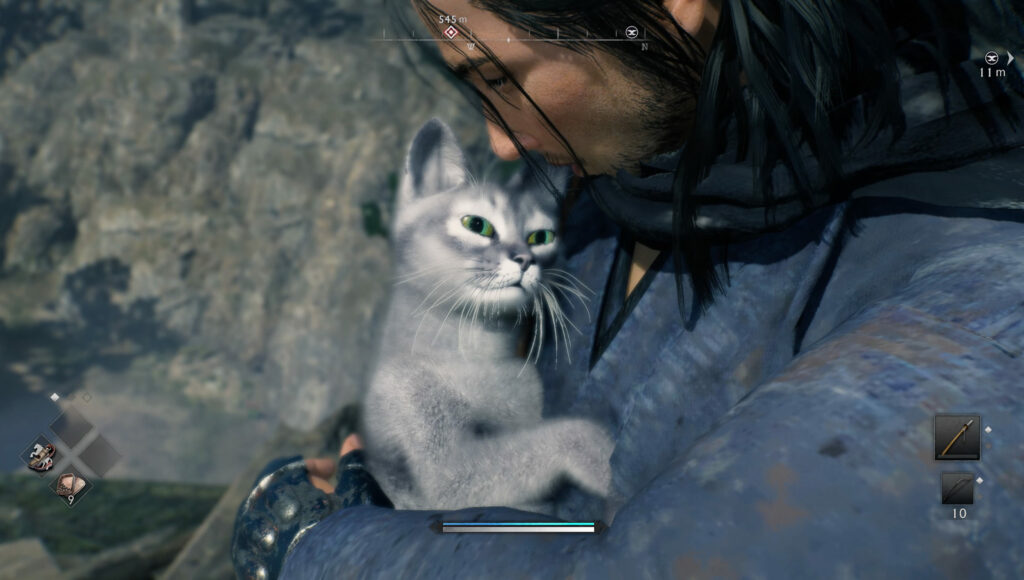
And for those complaining that Rise Of The Ronin will be boring because it’s grounded in history and has no fantasy elements? Well, you’re right that it has no giant monster bosses or fantastical mythical elements. That being said, like I mentioned above, Rise Of The Ronin is more like Ghost Of Tsushima anyway (or Assassin’s Creed but less so these days because even Assassin’s Creed games have fantasy elements these days). While you just fight humans in Rise Of The Ronin, it’s never boring or bland due to the sheer variety and depth offered by the different weapons and Combat Style stances in the game. Plus, the Counterspark parry mechanic and everything else makes for a combat system that feels challenging and satisfying, even if you’re not fighting cosmic dragons or whatnot.
The historical setting is a plus. The story and setting of Rise Of The Ronin is unique because one, it’s an era rarely explored in games or other media, and two, it’s a crossroads between the antiquated and modern eras. It’s a time of great change for Japan, as they start opening up to the world again after centuries of isolation and discovering advancements in science and technology. There’s also the East versus West tension, and more (a lot of this subject matter and themes were also explored in the recent Disney+ Hotstar series, Shogun).
It’s an interesting era rife with the potential of exploration, which makes it perfect for an open-world game. Plus, the specific era the game is set in makes it possible for players to fight with bayonets and early handguns/rifles against samurai with katana, or vice versa. One of the reasons the saber and bayonet are my favourite weapons in the game is because of how they contrast with older and more traditional weapons such katanas and spears. And if you think that Rise Of The Ronin is too grounded or realistic, it’s really not. There are gliders and ancient flamethrowers for god’s sake.
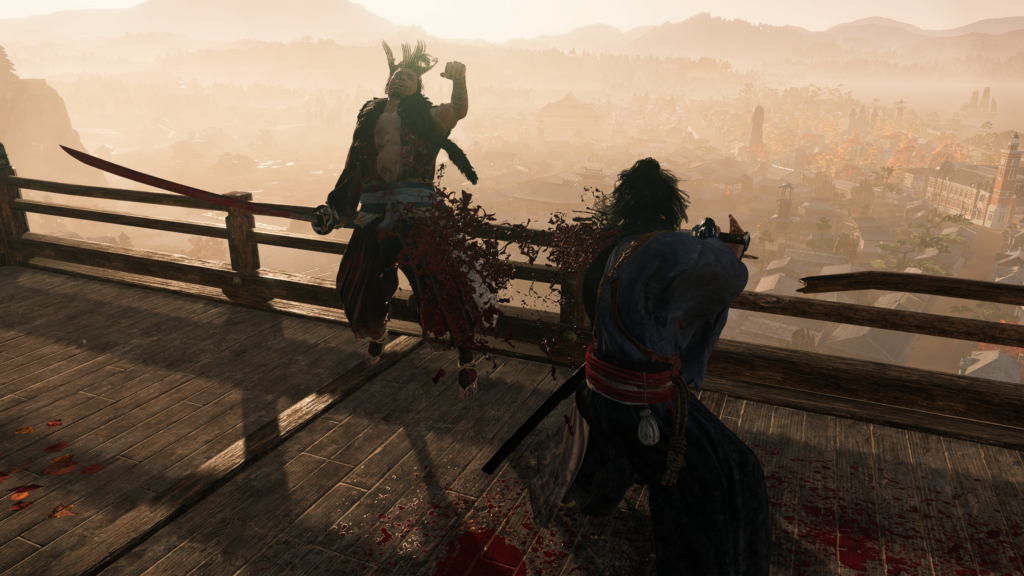
Just like the Assassin’s Creed franchise, the characters featured in Rise Of The Ronin are all based on real historical figures. The developers emphasized this a lot (so much so that the inclusion of a controversial figure has led to the game being banned in South Korea), so a huge part of the fun (especially for history buffs) is interacting and spending time with these characters. The game is also somewhat historically accurate, despite the branching narratives and optional decisions, though that also means that future DLC could focus on several significant events post-Boshin War, such as the Satsuma Rebellion or perhaps even future conflicts like the Russo-Japanese War (though that might be controversial as well).
Team Ninja clearly took inspiration from Ubisoft when designing some of the open-world mechanics. As far as first attempts go, the open world in Rise Of The Ronin isn’t groundbreaking or as distinctive as something like Red Dead Redemption 2, but it’s good enough. There are actually several maps in the game, and each map has multiple regions. Each region in Rise Of The Ronin has its own Bond Level, and you can increase this Bond Level by completing the activities there, including liberating towns (sort of like how it works in Ubisoft’s Far Cry games), collecting cats (yes, by petting them), and other miscellaneous activities such as gliding challenges, shooting challenges, horse archery challenges, and finding shrines.
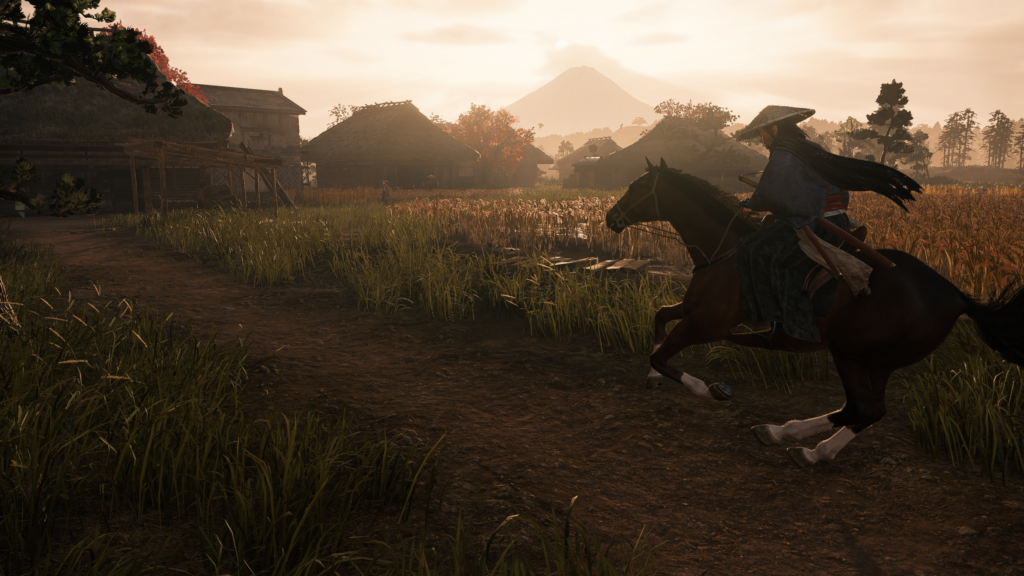
It also doesn’t feel like a chore when exploring the game’s open world because you’re given a variety of options. Firstly, you get a horse, which you customize and use in combat (though it feels janky to fight on horseback). However, your other main method of traversal is will likely be the glider, which you’ll get pretty early on in the game.
The glider’s handling feels good and you can even assassinate enemies from the glider so it’s not just solely a method of traversal. Last but not least, you have access to a grappling hook ala Sekiro Shadows Die Twice. There are certain simplistic platforming parts in the game where you have to use the grappling hook to traverse, but the grappling hook can also be used during combat to throw enemies when they’re staggered.
All that being said, Team Ninja does implement many quality-of-life improvements to make its open world better to play with. One of the biggest, and that I used the most, was being able to put multiple markers on the map at the same time (up to four or five). This makes it easier for you to mark several locations of interest simultaneously, which makes it easier to clear out the activities and places of interest on the map. Rise Of The Ronin is also unrelenting in its brutality, featuring decapitations and dismemberments. When cutting down enemies, their heads, arms and even legs will get chopped off and blood spurting out. If you perform a headshot using a rifle or arrow, the heads of enemies can get violently lobbed off. All of this makes the combat feel even more satisfying and genuine for the conflict-torn era in which the game is set.
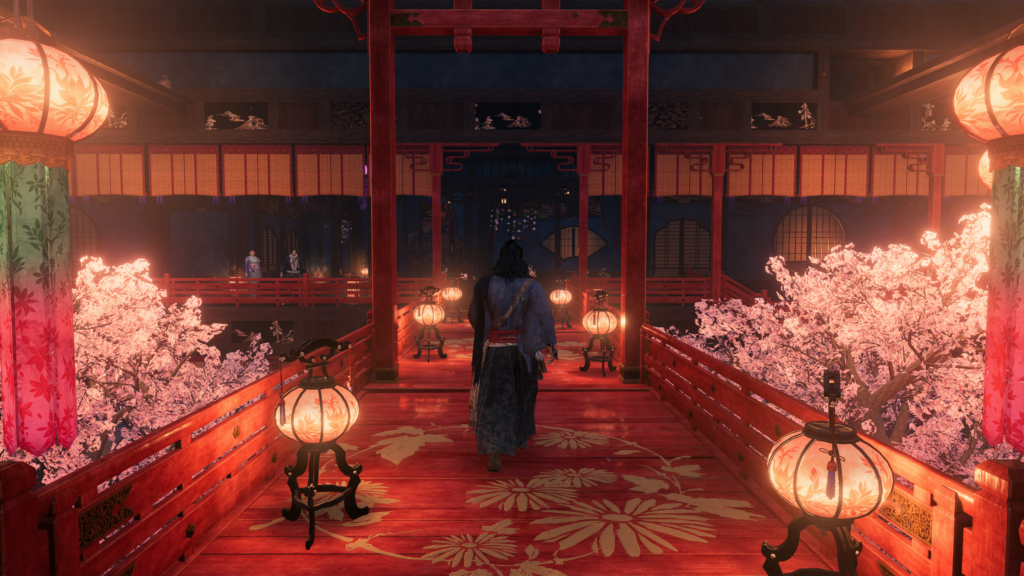
Story and narrative have also never been much of Team Ninja’s forte or strong points. However, they have improved somewhat in Rise Of The Ronin with more memorable characters and a story progression that feels more natural. In addition, there are certain points in Rise Of The Ronin where players have to make choices that will change and make the story deviate into multiple branches. What’s great (and this is another quality-of-life improvement) is that about almost halfway through the game, players will unlock a mechanic called Testament Of The Soul, which allows players to return to any previous moment in time (basically travel back in time) to make different choices.
This is a very welcome mechanic that I hope future branching narrative games will adopt. I know that there are players out there who hate missing out on content and finding out that they have to replay the whole game again (or start a new game plus) to try out a different choice. This Testament Of The Soul mechanic fixes that issue, making it possible for players to experience all the different choices and branching narratives in one playthrough.
Another highlight of Rise Of The Ronin is its Bond system, where players can build relationships with NPC characters (some of whom can be your allies in missions). You can gain points in these relationships by engaging in dialogue with them, completing unique Bond missions, or giving them gifts. With each Bond levels come many rewards as well, and you can gain new Combat Style stances by increasing your Bond levels, so these relationships aren’t superficial or just simplistic surface-level dating sim elements since there are actually meaningful ties to the gameplay. In addition, you can even romance these characters no matter what gender they are, which is a pleasant surprise for a game from Japan (considering that you still can’t do that in games like Persona).
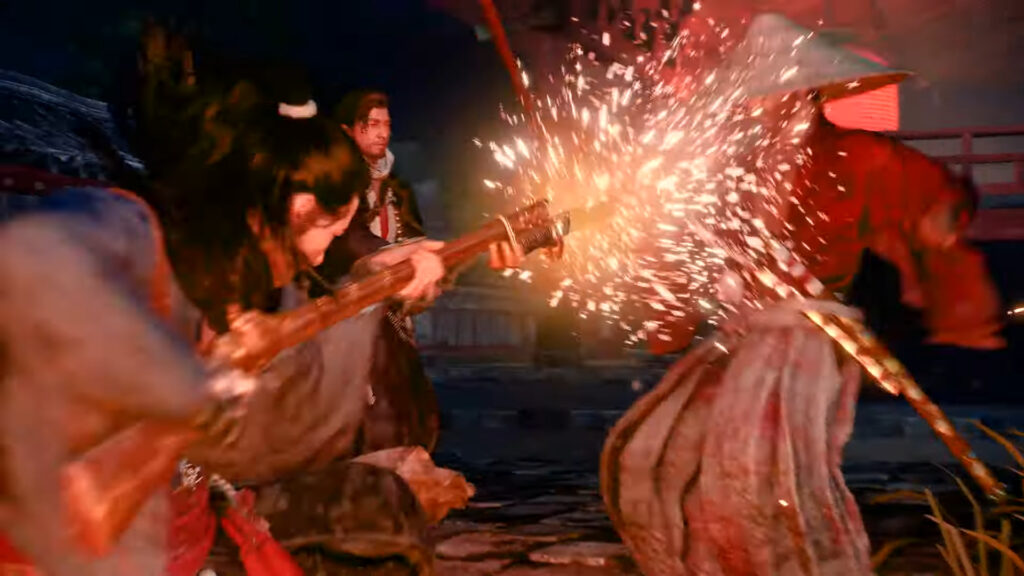
It took me around 60 hours to finish most of the content in Rise Of The Ronin, including optional side missions. However, you can spend even more time with the game by using the aforementioned Testament Of The Soul mechanic to replay missions and doing different decisions or choices. That’s not even mentioning the post-game content that unlocks a new skill tree, a new harder difficulty and more, thus offering even more playtime for players out there. Thanks to the fun combat and quality-of-life improvements, the game doesn’t suffer from the same bloat as other open-world games that take around the same amount of time to finish.
The biggest flaw in Rise Of The Ronin is the framerate issues, which I experienced even in Performance Mode (which prioritized high framerates). In Graphics Mode, the game’s framerate dropped so low that it was impossible for me to play, especially in a game that focuses on precision and timing as much as Rise Of The Ronin. Hopefully, future post-launch patches will help alleviate these issues. Another minor issue in Rise Of The Ronin is it’s only a minor improvement over the visuals in say, one of their previous games like 2020’s Nioh 2. Some might say that it’s not “current-gen” enough for a PS5 exclusive released in 2024 but personally, I find the graphics to be more than good enough, albeit not terribly impressive.
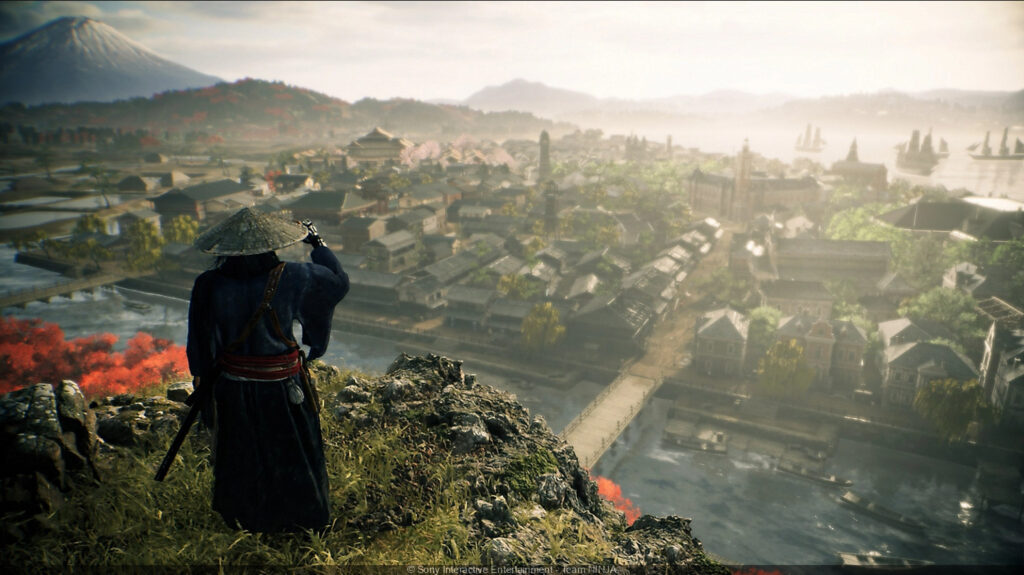
Rise Of The Ronin is Team Ninja’s best title to date, perhaps on par with Nioh 2. It’s not the most revolutionary title, but the developer continues to shape the Souls-like genre into their own distinctive style and that continues with this latest game. If you’re looking for a meaty historical open-world game that’s not too difficult but still provides a bit of a challenge, Rise Of The Ronin is that game.
Review copy provided by Sony Interactive Entertainment and PlayStation Asia. Played on PS5.
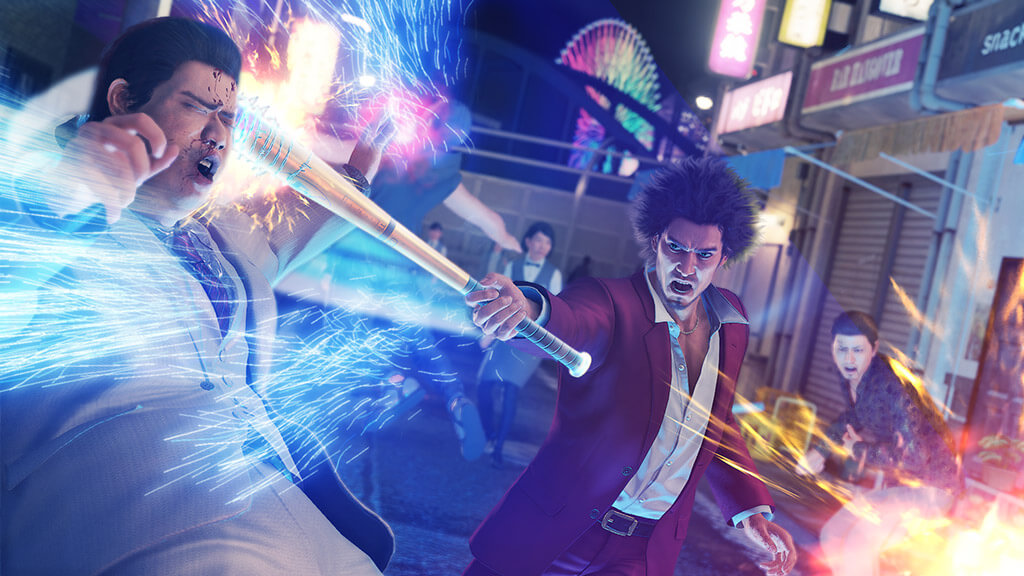
By Alleef Ashaari|September 29, 2020
Sega and Ryu Ga Gotoku Studio have announced that Yakuza Like a Dragon will launch for PS4, Xbox One, PC, and Xbox Series X/S on 10 November 2020 ...
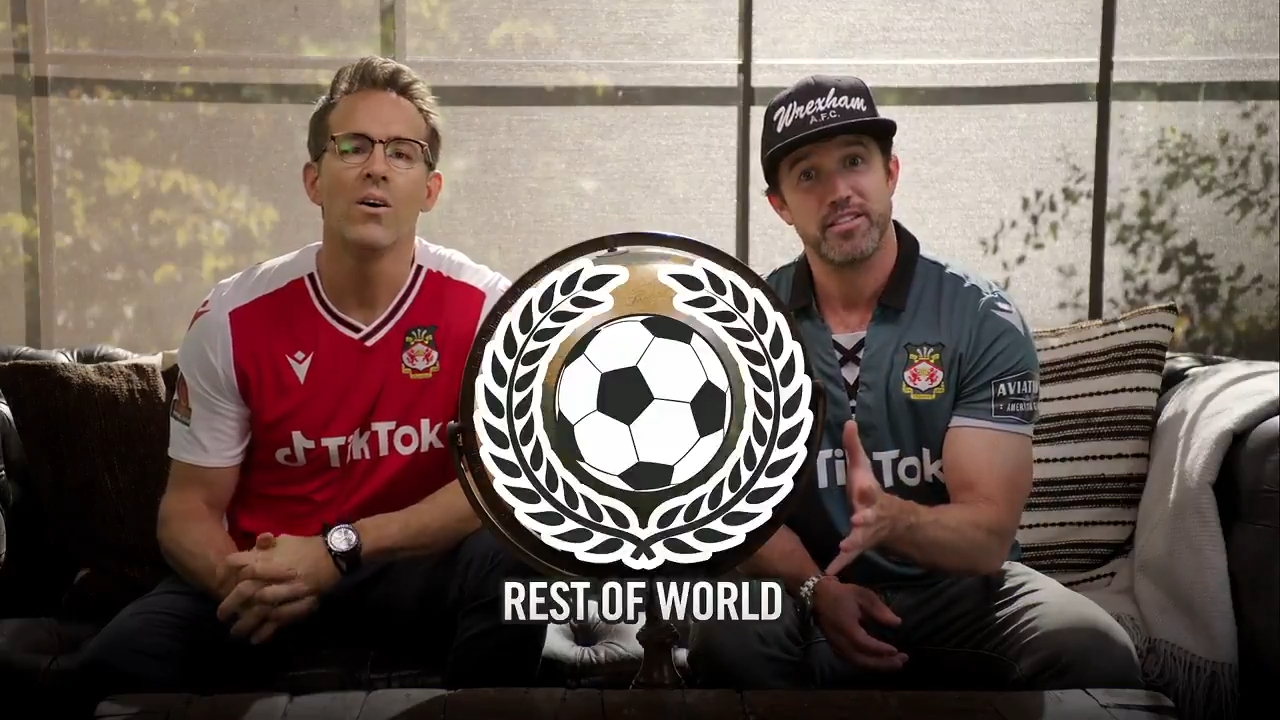
By Alleef Ashaari|September 13, 2021
Welsh football club Wrexham AFC owners Ryan Reynolds and Rob McElhenney have confirmed that the club will be playable in FIFA 22. Ryan Reynolds, be...
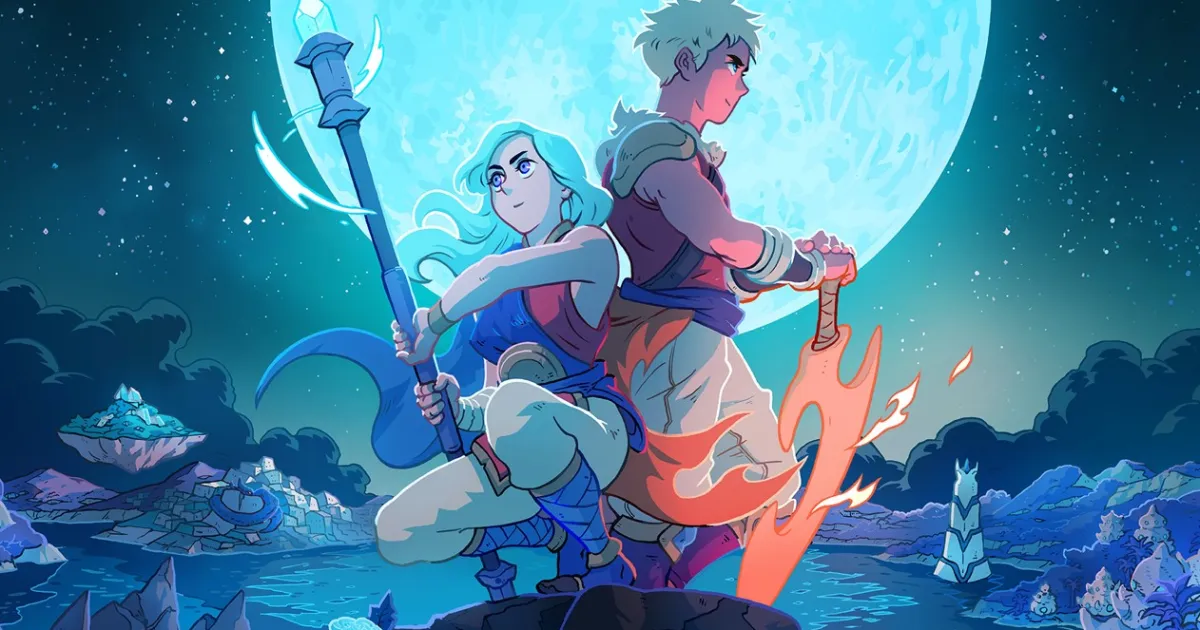
By Alisha Alix|December 20, 2023
Sea of Stars, the immensely popular indie turn-based RPG developed by Canadian indie studio Sabotage Studio, has surpassed a remarkable milestone of 4...

By Mr Toffee|February 2, 2024

By Team KKP|July 1, 2023

By Alleef Ashaari|August 2, 2021
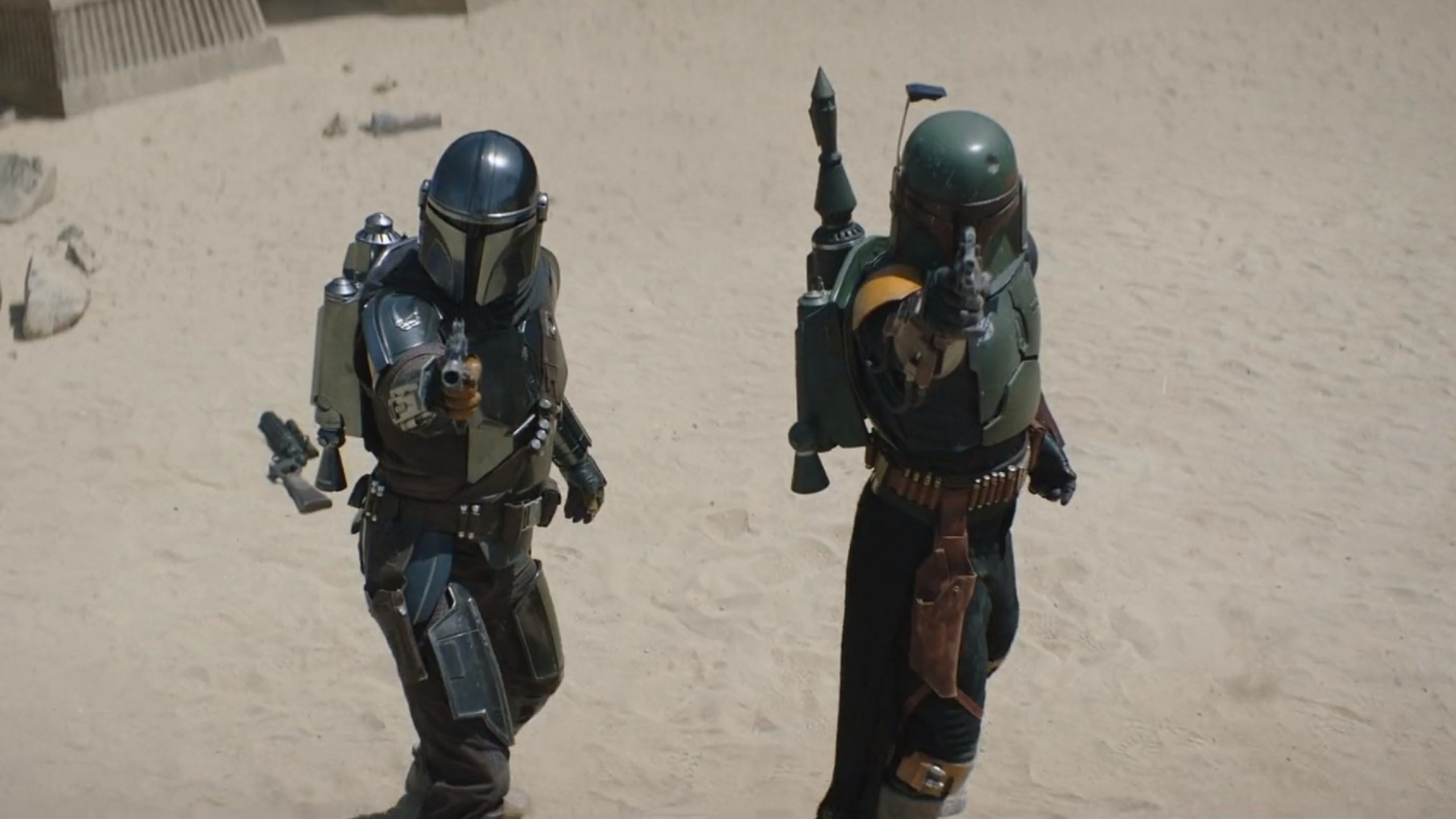
By Alleef Ashaari|February 9, 2022

By Mr Toffee|February 2, 2024

By Team KKP|July 1, 2023
Copyright @ Kakuchopurei 2024